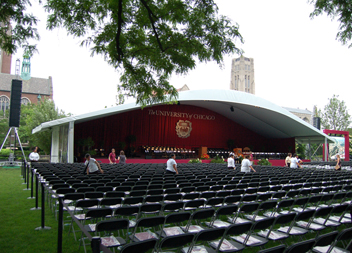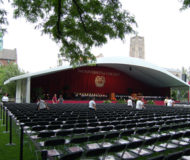„Almost every system we deploy uses EtherSound as the primary distribution network, but none have been quite this large or complex,“ states Rich Mullen, Principal of EDGE ShowTek. „Many of the producers and TDs we work with expect a certain level of technological sophistication and we are one of the few local suppliers within the Yamaha/NEXO family capable of providing that kind of technology.“
Trevor Waller, EDGE ShowTek A1, who was responsible for designing and implementing the ceremony’s EtherSound network, stated that it was particularly useful because of the massive cable run distances necessary to run I/Os through the entire ground site.
„EtherSound allowed us to use a mix of cat5 and fibre,“ Waller said. „We used two Yamaha SB168-ES Stage Boxes and ES-controlled amp racks to create a fully digital distribution network, thereby minimizing the introduction of system noise, allowing ground isolation, and giving us greater flexibility in system management and monitoring from front of house. We were an early adopter of the Yamaha Stage Box system and have found it to be a fantastic solution for what we do. The ES network is rock solid with low latency, which is great for audio signal distribution. The fact that we can drop in‘ a set of I/Os (via a Yamaha Stage Box) anywhere along the network or anywhere in the venue has been truly revolutionary for us.“
For a coverage area of 350′ wide x 750′ long, Chief System Designer Pete Hansen made the decision to use 24x NEXO GEO D and 16x GEO S line arrays, 8x GEO subs, 6x NEXO CD12s and 12x NEXO PS10s.
„Because of the weight to output ratio of all NEXO products, we have the huge advantage of being able to field a larger hang of speakers given the realities of weight restrictions,“ says Mullen. „At the University graduation ceremony, we were able to hang two arrays of 10x GEO D modules off the main rigging towers. Front fill utilized the rest of the GEO D inventory, stacked directly on the GEO Subs. All the GEO S delay hangs were rigged from the self-climbing truss structures used for video repeaters. With the incredibly complicated shows that have become our calling card, having the set of tools that Yamaha and NEXO have developed has simultaneously increased the quality of our product and lowered the labor necessary to install and maintain these systems on site.“
12 x 25′ XLR cables were used with very little traditional copper cabling necessary. „To do an event of this size with a handful of XLR’s and/or traditional copper transmission media is really the amazing part,“ Mullen adds. „Many systems have digital snakes, but the network often stops there. Copper is often used for the drivelines with system control accomplished another way. To have inputs, drive, and system control all through the same network is a huge advantage of the ES network that Yamaha and NEXO have created. It also helps that the network’s protocol has very low latency and is rock solid reliable. A great deal of fibre was required, plus we deployed a ring topology network for redundancy. This was a very cutting-edge deployment of the ES system over a large area. To our knowledge, it is the first time an EtherSound ring network has been deployed. With the network architecture, any single cable in the network could be broken‘ without loss of signal. It automatically re-routes to other available paths within the network. Full redundancy!“
For more informationEDGE ShowTek
















































